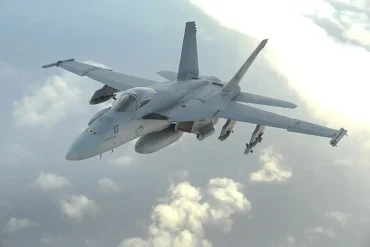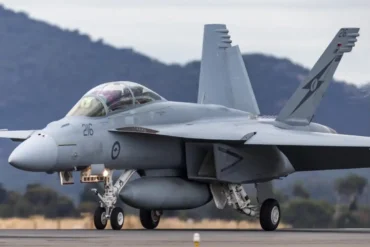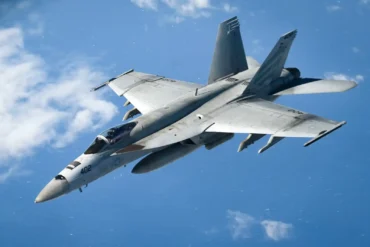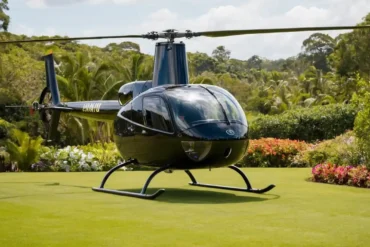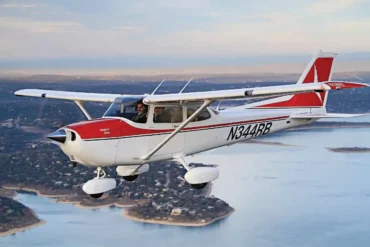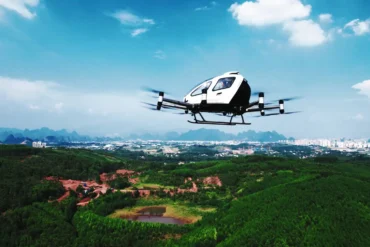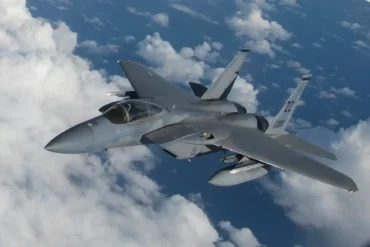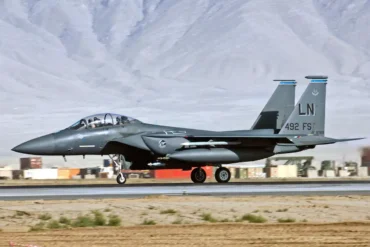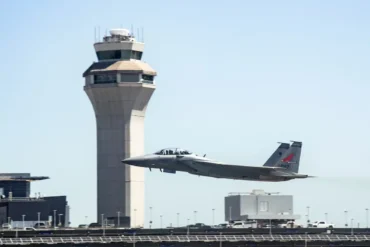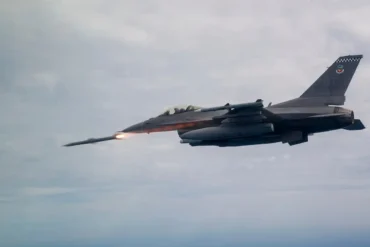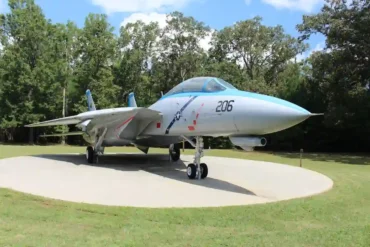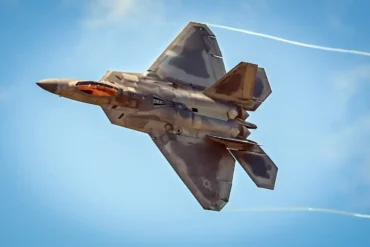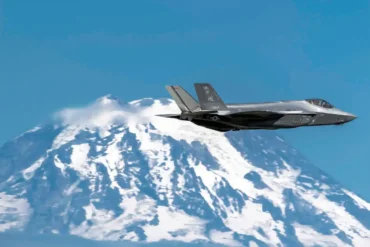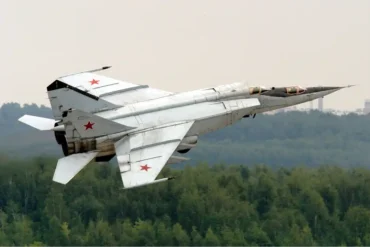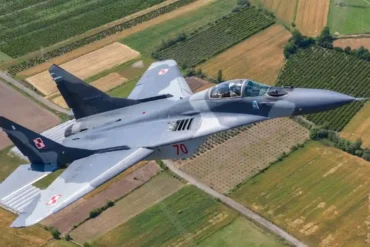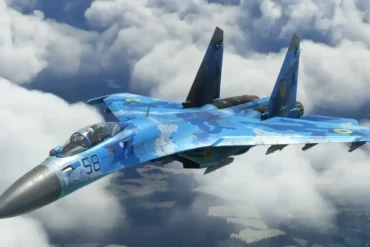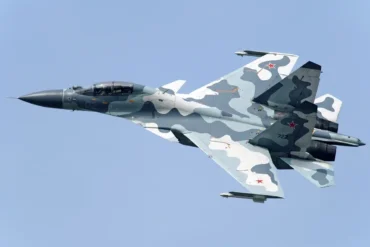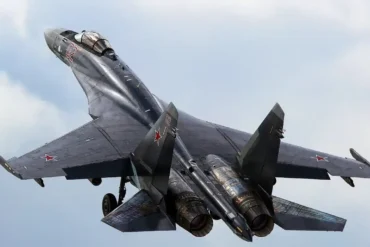The F/A-18E/F Super Hornet is one of the most powerful and versatile multi-role combat aircraft currently in service. As a flagship fighter for the U.S. Navy, it has garnered attention not only for its impressive capabilities but also for its substantial costs. This article will delve into the price of the F/A-18E/F Super Hornet, shedding light on various aspects such as manufacturing, operating costs, and overall life-cycle expenses. By understanding these details, one can gain a clear view of what makes the F/A-18 Super Hornet such an essential asset to modern naval forces.
Overview of the F/A-18E/F Super Hornet
Before discussing the cost in detail, it is important to understand the basic features and capabilities that make the F/A-18E/F Super Hornet a highly sought-after aircraft.
Design and Features
The F/A-18E (single-seat) and F/A-18F (two-seat) are part of a family of multi-role fighter jets designed for versatility across a wide range of missions. These missions include air superiority, fighter escort, reconnaissance, close air support, air defense suppression, precision strikes, and aerial refueling. The aircraft is designed to meet the Navy’s evolving needs, including replacing older aircraft such as the F-14 Tomcat and S-3 Viking.
Key specifications include:
- Wingspan: 44 ft 8.5 in (13.62 m)
- Length: 60 ft 1.25 in (18.31 m)
- Height: 16 ft (4.88 m)
- Maximum Takeoff Weight: 66,000 lb (29,937 kg)
- Maximum Speed: Mach 1.6 (1,190 mph, 1,915 km/h) at 40,000 ft
- Engine: Two General Electric F414-GE-400 turbofans with 22,000 lbf thrust each
- Combat Range: 444 nmi (511 mi, 822 km) with armament
These features make the F/A-18E/F Super Hornet a highly capable and adaptable platform, able to perform a wide range of missions in high-threat environments.
Cost of Purchasing the F/A-18E/F Super Hornet
Base Purchase Price
The F/A-18E/F Super Hornet is a high-performance aircraft with a correspondingly high price tag. As of the latest available data, the cost of a single unit of the F/A-18E is estimated to be around $70 million, while the F/A-18F version costs slightly more, at approximately $72 million. This price includes the aircraft itself, along with basic avionics and weapon systems, but not additional equipment, maintenance, or operational support.
It is important to note that the F/A-18 Super Hornet is not a one-time purchase but part of a long-term investment for the U.S. Navy. The actual cost of procurement may vary depending on factors such as:
- Bulk Purchases: Large contracts, such as those made with the U.S. government, could bring down the unit cost per aircraft.
- Custom Modifications: Specific features or upgrades for particular missions (e.g., reconnaissance or aerial refueling) may increase the cost.
Upgrades and Variants
The Block III upgrade is a major upgrade to the F/A-18E/F Super Hornet, which includes significant improvements in avionics, radar, and stealth capabilities. The Block III costs are generally higher than earlier versions, with the unit cost for these upgraded models reaching around $80 million per aircraft.
The Block III configuration includes:
- A new Advanced Cockpit System for enhanced pilot interface.
- A new AESA radar, the Raytheon AN/APG-79, for better detection and targeting.
- Increased survivability against advanced threats through modifications in stealth design.
These enhancements ensure the aircraft remains relevant and effective against future adversaries, justifying the additional costs.
Operational Costs of the F/A-18E/F Super Hornet
While the purchase price of the F/A-18E/F is substantial, the operational costs per hour of flight are another significant factor. When it comes to running costs, military aircraft like the Super Hornet often have high maintenance and fuel consumption requirements, which are factors that continue to drive up the total cost of ownership.
Cost per Flight Hour
The operational cost per flight hour for the F/A-18E/F Super Hornet is estimated at $22,000 to $25,000. This covers a variety of expenses, including:
- Fuel: The Super Hornet’s fuel consumption is considerable, particularly during long missions or when operating with external fuel tanks. Its fuel capacity ranges from 14,700 lb (6,668 kg) for the F/A-18E model to 13,760 lb (6,241 kg) for the F/A-18F.
- Maintenance: The aircraft undergoes routine maintenance, including engine checks, avionics calibration, and system updates. These efforts are crucial for maintaining operational readiness.
- Ammunition: Operational costs also include ammunition for the various munitions carried by the aircraft, such as the AIM-120 AMRAAM and AIM-9 Sidewinder.
Fuel Costs and Efficiency
Given that the Super Hornet’s maximum combat range is 444 nautical miles (511 miles or 822 km), its fuel consumption plays a significant role in the overall cost. While the aircraft’s twin F414-GE-400 turbofan engines provide substantial thrust, they consume a considerable amount of fuel during high-performance missions. However, the aircraft is designed to be efficient in terms of range and refueling capabilities, which helps mitigate some of these costs.
Life-Cycle Costs and Longevity
The F/A-18E/F Super Hornet is designed to serve the U.S. Navy for decades, with a service life that can exceed 6,000 flight hours. The aircraft’s robust design allows for extensive modifications and upgrades, ensuring its relevance well into the 21st century.
Maintenance and Upkeep
The life-cycle costs of the F/A-18 Super Hornet go beyond its initial purchase and operational expenses. Ongoing maintenance, including inspections, part replacements, and upgrades, plays a significant role in long-term ownership costs. Regular updates to avionics, radar, and weapons systems ensure that the aircraft remains effective and capable in modern combat scenarios.
According to some estimates, lifetime maintenance costs can add another $50 million to $70 million per aircraft over the course of its service life. This includes parts replacement, airframe inspections, and periodic upgrades, all of which ensure the aircraft meets the high demands of naval operations.
Decommissioning Costs
After many years of service, the decommissioning of the F/A-18 Super Hornet also incurs additional costs, including the disposal of hazardous materials, recycling parts, and transitioning to a newer fleet of aircraft. These costs are typically borne by the Navy and factored into long-term budget planning.
Conclusion
The F/A-18E/F Super Hornet is a top-tier naval fighter aircraft that represents a significant investment. With a purchase price ranging from $70 million to $80 million per unit, operational costs of $22,000 to $25,000 per flight hour, and substantial maintenance and upgrade costs over its service life, the Super Hornet is undoubtedly an expensive asset. However, its unparalleled versatility, performance, and mission flexibility make it a critical asset for the U.S. Navy, justifying the financial investment.
The F/A-18E/F Super Hornet’s combination of advanced technology, high-performance capabilities, and long service life means that it will continue to play a central role in the Navy’s defense strategy for years to come. While its costs are undeniably high, the return on investment in terms of combat effectiveness, operational flexibility, and mission readiness is invaluable.
For nations and defense organizations looking to maintain superior air superiority and multi-role combat capabilities, the F/A-18E/F Super Hornet remains one of the most effective platforms available on the market.

